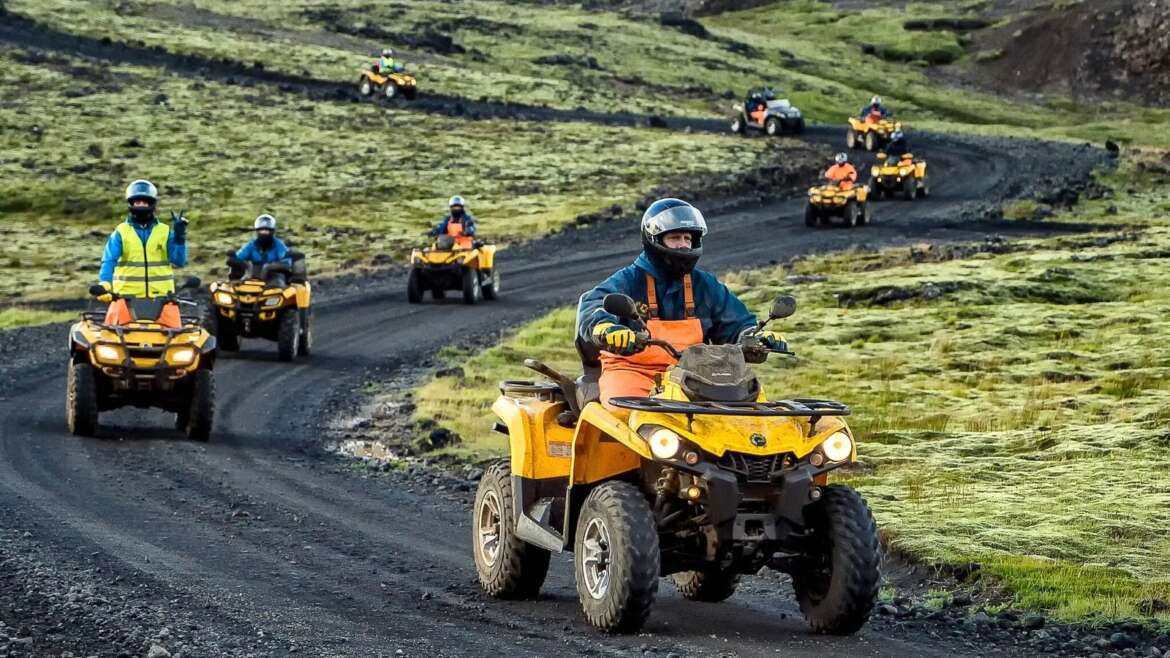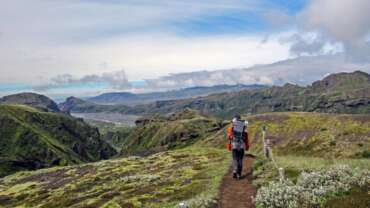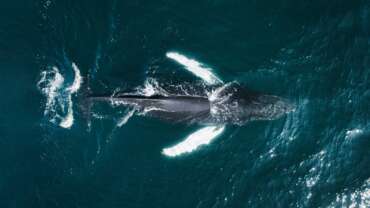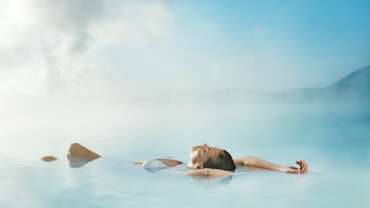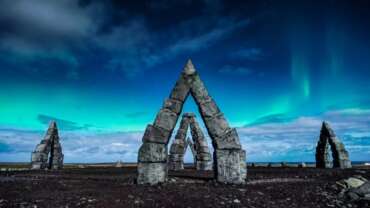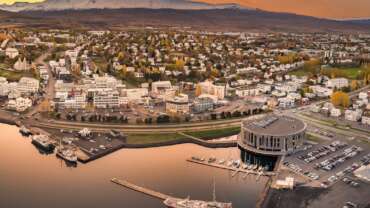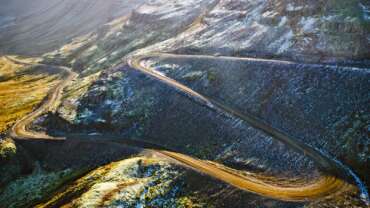Experiences in Iceland
MOTORIZED ADVENTURE
The diverse terrain of iceland, ranging from towering mountains and glaciers to beaches and rivers offers a variety of engine-based activities. With atvs, snowmobiles, buggy cars, 4×4 jeeps and snow-cats to choose from, one can surely get the adrenaline pumping in an amazing setting in iceland.
All-terrain vehicles (ATVs) are a great way to explore the black sand beaches of the South coast or the mountains and valleys of the highlands. On top of the glaciers, you can zoom across the snow on snowmobiles, crawl up mountains by snow-cat or join super jeeps tours. Each glacier is unique and offers spectacular views and thrills, some even have ice caves which are worth exploring.
BOATS
The adventure doesn’t end on land, as there are river jet tours operating on Hvítá’s river rapids, speedboat tours are available off the coast in areas such as Þorlákshöfn and Vestmannaeyjar and at Jökulsárlón ice lagoon where you can also sail amongst the glaciers on an amphibian or zodiac boat.
WHAT YOU NEED TO KNOW
Keep in mind that the Icelandic weather is notoriously unpredictable and varies between regions, so always pay attention to weather forecasts. This is especially relevant to those that venture into the highlands or travel in wintertime, but caution should always be exercised.
Make sure to bring the appropriate equipment for the activity planned. Your tour operator should provide information regarding any necessary equipment for guided tours. For lists of equipment for different types of activities, visit Safetravel.is. These lists always include warm clothes and a mobile phone.
When all necessary precautions are taken, action-seekers can enjoy a variety of adrenaline-filled activities, as well as the riveting beauty of the rugged landscape.
WITH ATVS, SNOWMOBILES, BUGGY CARS, 4X4 JEEPS AND SNOW-CATS TO CHOOSE FROM, ONE CAN SURELY GET THE ADRENALINE PUMPING IN AN AMAZING SETTING IN ICELAND.
RESPECT NATURE
Off-road driving is not allowed on the black sand beaches or on mossy terrain, it is not encouraged and deeply disrespectful. In Iceland you are close to nature and must treat it with the respect these stunning landscapes deserve.
HORSES OF ICELAND
The icelandic horse is a unique breed of smallish horses that came to iceland with the first settlers from norway 1100 years ago. Archeological digs in europe have revealed that it is descended from an ancient breed of horses that is now extinct outside of iceland, where it has been preserved in isolation.
THE NATION’S MOST FAITHFUL SERVANT
The Icelandic, as it is commonly referred to, is known for being sure-footed and able to cross rough terrain. It displays two gaits in addition to the typical walk, trot, and canter/gallop commonly displayed by other breeds. The first additional gait is a four-beat lateral ambling gait called tölt. The tölt, is known in hardly any other of the world’s breeds. By lifting one foot at a time, a tölting horse can keep the rider comfortable over considerable distances. Such characteristics have made the Icelandic horse so popular that nowadays there are more of them being bred in other countries than in Iceland. The breed also performs a pace called skeið, or “flying pace”. Skeið is used in pacing races, and is fast and smooth, with some horses able to reach up to 50 km/h (30 mph). It is not a gait for long-distance travel.
The Icelandic horse comes in many different colours, and the Icelandic language includes more than 100 names for the various colours and colour patterns. It is small, weighing between 330 and 380 kilograms (730 and 840 lb) and standing an average of 132 to 142 cm (52 to 56 inches) high. It has a spirited temperament and a large personality.
Horse riding is a great way to explore unspoiled nature, offering stunning, views of panoramic landscapes and grazing sheep. Riding tours are offered all throughout Iceland by various and numerous farms, many of which are only a few minutes outside of Reykjavik. The tours suit all levels of experience and can last anywhere between half a day to ten days. It should be noted that riding is not offered everywhere during the winter. For horse riding in the winter, prior inquiry to horse riding tour operators should help you.
In september there is a unique way to experience the Icelandic horse besides the typical riding tours. One of Iceland’s oldest agricultural tradition takes place during this time, at the annual horse and sheep roundups. Each farming community across the country herd hundreds of sheep and in some places horses together in the surroundings of stunning mountains and isolated pastures.
THE ICELANDIC HORSE COMES IN MANY DIFFERENT COLOURS, AND THE ICELANDIC LANGUAGE INCLUDES MORE THAN 100 NAMES FOR THE VARIOUS COLOURS AND COLOUR PATTERNS.
The Icelandic horse is long-lived and hardy and has become very popular internationally. A sizable population exists in Europe and North America. In their native country they have few diseases; and as a result, Icelandic law prevents horses from being imported into the country and exported animals are not allowed to return.
BIRDWATCHING
Iceland is often referred to as a birdwatcher’s paradise, as large colonies of seabirds and waterfowl are indigenous and easily visible around the coasts.
The birds most frequently spotted along the coasts of Iceland include the Arctic Tern, eiders, waders, and passerine birds, as well as seabirds such as the Guillemot, Razorbill, the Atlantic Puffin, Fulmar, gannets, and various gulls. Destinations for bird watching day trips from Reykjavík include the Reykjanes Peninsula, the Snæfellsnes Peninsula or the Westman Islands, where Iceland’s largest puffin population lives.
Iceland’s wetlands are a conducive habitat for many species of birds. Besides Svarfaðardalur Valley and the islets at the mouth of Eyjafjarðará River, Lake Mývatn in the North of Iceland is a popular bird watching destination. Mývatn and the nearby Laxá River are famous for their vast numbers of waterfowl, having one of the largest and most varied populations of breeding ducks in Europe, including the Harlequin duck and the Barrow’s Goldeneye—which can be found nowhere else in Europe—as well as the Gyrfalcon.
In the Westfjords, Látrabjarg is a veritable hotbed of bird activity. The largest known bird cliff in the world, Látrabjarg is home to millions of birds, hosting nearly half of the world’s population of some species, such as the Razorbill. Also, in the isolated Strandir district of the Westfjords, is the little island Grímsey in Steingrímsfjörður, home to a large colony of puffins and other seabirds.
In the South of Iceland, not far from the village Vík, Dyrhólaey is a visually stunning rock peninsula where various species of seabirds can be viewed up close. Off shore, in the hills and cliffs of Heimaey and the surrounding islets of Westman Islands you’ll find famous birding destinations and exciting boating tours which include birdwatching.
If you’re staying in Reykjavík you can enjoy birdwatching in the city’s pond, Tjörnin, where Arctic terns and other species can be viewed. Enjoying a walk alongside the pond is a great way to spend a day and the birds are fun to watch or to show children.
WHEN VISITING BREEDING GROUNDS AROUND ICELAND, BE SURE NOT TO WANDER OFF THE MARKED TRAILS, AS NESTS CAN BE LOCATED ANYWHERE.
TO KEEP IN MIND
When visiting breeding grounds around Iceland, be sure not to wander off the marked trails, as nests can be located anywhere. The prime birdwatching season in Iceland is from the end of April to the beginning of June, although tours are offered year-round. Visit the local information offices in the area of Iceland you are visiting for more detailed information, including maps, tips, rules and regulations regarding bird watching in Iceland.
CYCLING
There is no better way to experience the beauty of iceland than from the saddle of your bicycle.
Travelling around Iceland on two wheels is both challenging and rewarding. There is no better way to experience the beauty of Iceland than from the saddle of your bicycle. But the weather is unpredictable and the distances you’ll need to cover can be long. Many bike enthusiasts come to Iceland to cycle the Ring Road, the well-known highway number 1, that runs around the country. Others choose more difficult paths into the highlands, such as the beautiful trail across Kjölur. Such paths are only suitable for experienced cyclists.
If you intend to travel into the highlands, be prepared to face gravel roads, as most of the roads in the Icelandic highlands are not paved. You should not travel alone in the Icelandic interior. In some cases, you can expect unbridged rivers. Do not attempt to cross them without taking proper safety measures. Fully equipped bikes with shock absorbers are a good idea as well.
Outside of urban areas, bike paths are uncommon, and cyclists will usually have to share the road with motor driven vehicles.
You should expect hilly terrain and more than a few blind rises along Icelandic roads. The distances between urban areas are often considerable, so make sure you bring appropriate equipment for basic repairs as well as extra tubes and tires. Maps, GPS and communication equipment is also important.
Bring good protective clothing. You should anticipate both rain and wind during your trip, so make sure that the clothing is both warm and water resistant. Gloves are indispensable, as temperatures can drop suddenly, particularly in higher altitudes.
In addition, keep in mind that Icelandic nature is very delicate. Bikes can easily cause damage to the environment. Stay on path and if you need to cross a sensitive area, simply pick up the bike and carry it. Also, make sure someone has your travel plans in case of an emergency. Writing your name in a guestbook is not just courtesy, it can be an important safety measure as well.
MANY BIKE ENTHUSIASTS COME TO ICELAND TO CYCLE THE RING ROAD, THE WELL-KNOWN HIGHWAY NUMBER 1, THAT RUNS AROUND THE COUNTRY.
CAVING
Due to its position on the mid-atlantic ridge, iceland is one of the most active volcanic regions in the world, making the country a stunning location to explore caves.
Iceland’s unique geological conditions make for some awe-inspiring rock formations, both beneath the surface as well as above it. Various tube caves—formed by magma flowing underneath the earth’s surface after lava has solidified overhead—can safely be explored through guided excursions year-round.
For safety reasons, different caves are explored during different seasons. The most commonly visited caves are the Gjábakkahellir Cave near Þingvellir National Park in the summer months, and the Leiðarendi Cave in the Bláfjöll area in wintertime. Many combination tours are also available, where caving trips are combined with other popular activities such as snorkelling or ATV driving.
Iceland is also one of the few places in the world where you can enter a magma chamber. The Þríhnúkagígur crater is a remarkable and rare natural phenomenon: a volcano that erupted about 4,000 years ago and now sits dormant. The ground space inside the volcano is equivalent in size to around three basketball courts, and the cavity could easily fit the Statue of Liberty. The volcano is reached via an hour long hike and entered by way of an open cable lift, a descent of 120 m. As magma chambers usually collapse following an eruption, the Þríhnúkagígur crater is truly a phenomenon that needs to be seen to be believed.
ICELAND IS ALSO ONE OF THE FEW PLACES IN THE WORLD WHERE YOU CAN ENTER A MAGMA CHAMBER



